This blog describes how to install Wildfly in Eclipse development environment. Wildfly was formerly known as the JBoss Application Server. JBoss Application Server was originally developed and maintained by the company JBoss Inc. This company was acquired by Red Hat in the year 2006.
Prerequisites
1. Make sure that the latest version of the Java Development Kit (JDK 7 Update 51 or later) is installed on your computer.
2. Download and install the Eclipse IDE for Java EE Developers for your operating system.
Installation Steps
Open Eclipse and go to the menu option, Help -> Eclipse Marketplace.
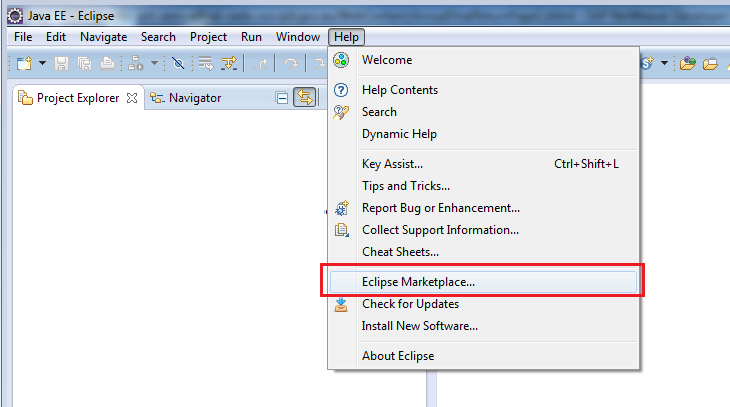
Search for JBoss Tools in the marketplace and install it.
While using Eclipse in a corporate network, a proxy authentication error might be thrown in case the proxy settings are not maintained in Eclipse. Please refer to my blog How to add proxy settings in Eclipse for solving proxy issues in Eclipse.

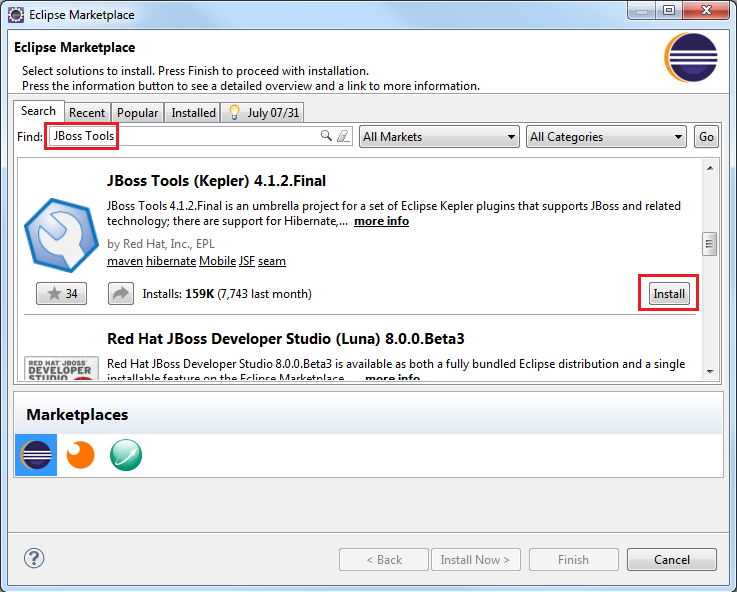
Not all the features of the JBoss Tools need to be installed for running Wildfly. Select only the option JBossAS Tools and unselect all other options. Click Confirm.
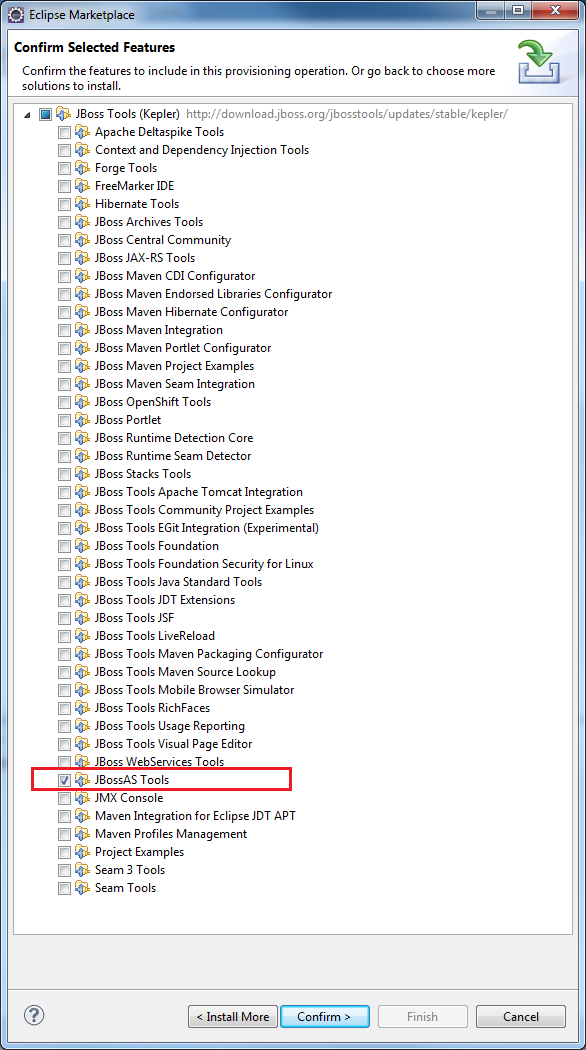
Accept the license terms and click Finish. This will install the JBossAS Tools.
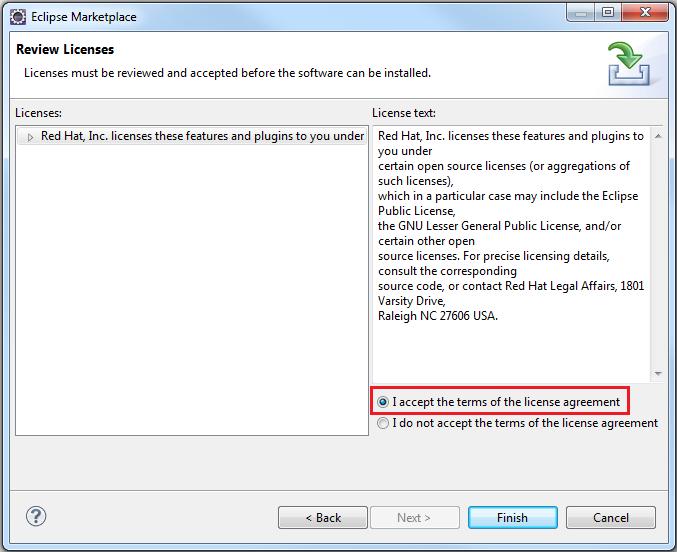
Restart Eclipse after the installation is finished.

After the JBossAS Tools have been installed, add a new server in Eclipse by navigating to the menu, File -> New -> Other -> Server. Click Next.
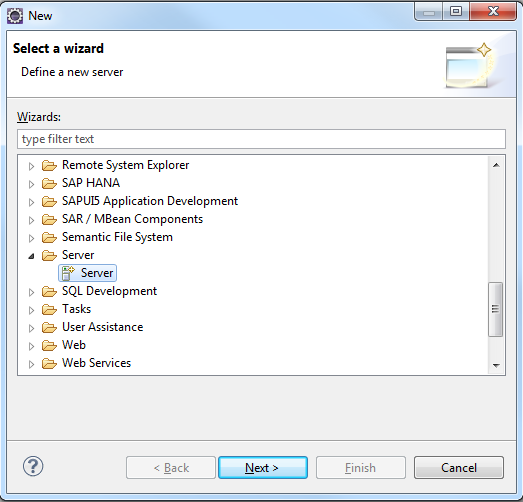
Select the option Wildfly under the node JBoss Community and click Next.
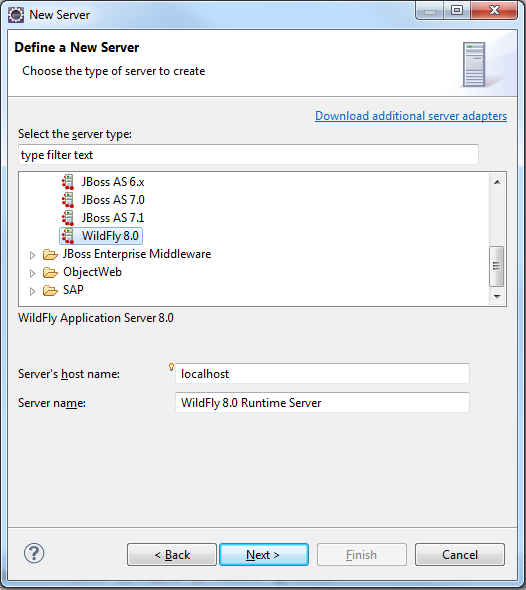
In the next screen, provide the path of the Wildfly root folder if you have already downloaded the Wildfly Application Server from http://wildfly.org/downloads/
If you have not done so, Wildfly can be downloaded at this point by clicking on the link, Download and install runtime…
Also, provide the path to the JDK folder which contains the JRE folder and click Next.
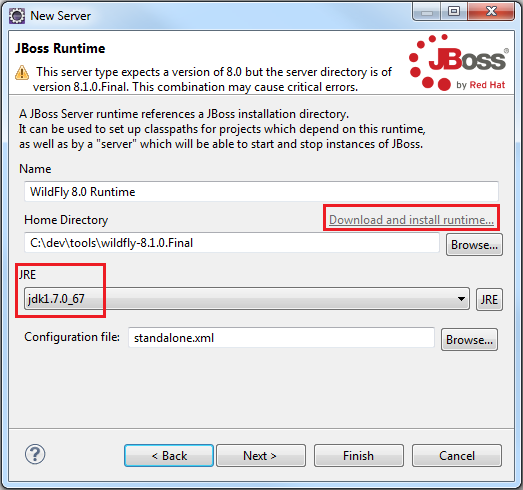
In the next screen, select Local from the drop down and click Finish.
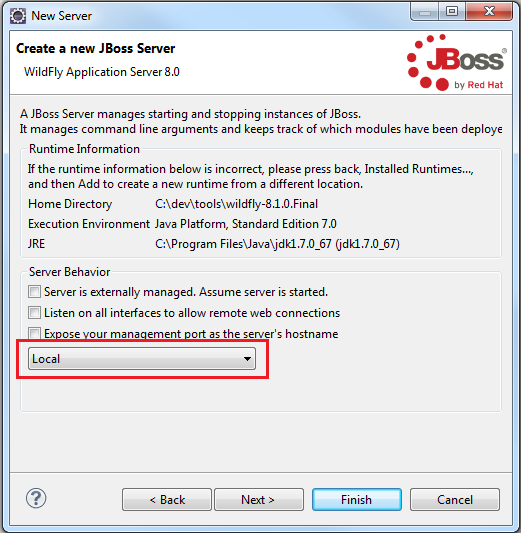
Wildfly will now be added as a server

Right-click on the server and select Start from the option to start the server

If everything goes well, Wildfly would be started. This can be confirmed by opening the following URL in a browser window, http://localhost:8080/
The default port for Wildfly installation is 8080.
If the following screen appears, it means that the installation of Wildfly has been successful.
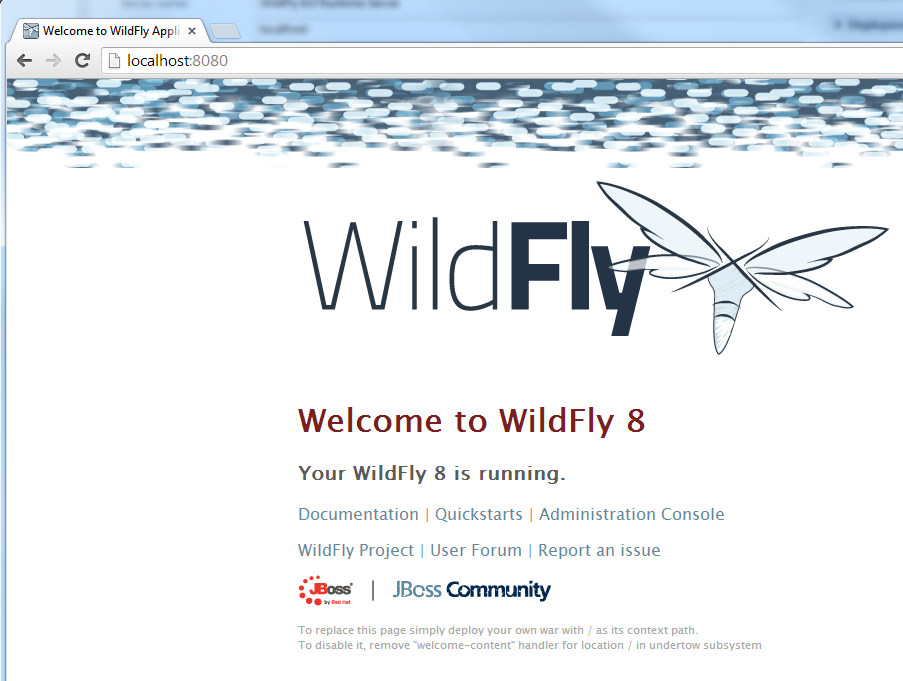

Hi Ari,
Glad to know that the blogs have helped you. Thanks for your feedback!
– Nitin
Hi, Just started going thru your tutorials today. Its great to see the effort you put in making them simple and clear to understand. I’m very new to UI5 and web application development and these tutorials are a big help in helping me get started.